HWM Singapore is a monthly consumer technology publication covering the 3Cs of tech -- Computers, Consumer Electronics & Communications (and now Software & Games). A strong technology brand with independent editions throughout South-east Asia since 2000, HWM Singapore is known for its authoritative product comparison shootouts, analytical feature stories, benchmarked product reviews and technical walkthroughs. Feast your eyes on easy-to-read layouts, useful tips and decisive reviews, before plonking that hard-earned dollar on the best technology for you, your social circle and your home.
Is This What The Future Of Computing Looks Like?
HWM Singapore
01 IN THE AGE OF SOFTWARE AND AI, ARE MEGA TECH EVENTS LIKE CES STILL RELEVANT?
02 TITAN ON A DIET • Like many companies, Secretlab has faced supply chain challenges due to the pandemic. This has impacted their pricing structure, particularly for the Titan Evo chairs.
03 SUPERSIZED HANDHELD GAMING
04 SPEED UP, PRICE DOWN • The GeForce RTX 4080 raised eyebrows for its price tag that was closer to the RTX 4090, but a performance closer to the RTX 4070 Ti.
05 BETTER, PRICIER • I had high hopes for the Iskur V2 gaming chair, which Razer says has been armed with significant enhancements over the original Iskur (launched late 2020).
06 DUAL SCREEN, PERFECTED? • For notebooks, the most common trade-off is between display size and portability. ASUS, however, appears to have broken this immutable rule with the Zenbook Duo UX8406.
07 ULTIMATE FLAGSHIP • The Samsung Galaxy S24 Ultra, a device that promises to redefine the premium smartphone experience.
08 Take Even Better Photos With The iPhone 15 Pro And 15 Pro Max • We already covered the iPhone 15 and 15 Pro Max’s photography capabilities rather extensively in our review, but the general idea is that Apple has done a great job improving the software side and offering better sharpness, detail and a new 5x telephoto zoom lens on the iPhone 15 Pro Max.
09 WHAT IS VESA CLEARMR? AND WHY YOU SHOULD CARE ABOUT IT • Imagine you’re shopping for a new PC monitor or TV, and you’re curious about how it will handle fast-moving visuals. You might look at specifications such as response time and refresh rate to gauge the display’s speed. However, these figures don’t directly answer the critical question: “How much motion blur will be noticeable?” To address this gap, the Video Electronics Standards Association (aka VESA), also responsible for developing display standards like DisplayPort and Adaptive-Sync, has recently launched a new specification program. This initiative aims to quantify displays’ motion blur performance in a more simplified manner for consumers.
10 GUIDE TO DISPLAYPORT 2.1
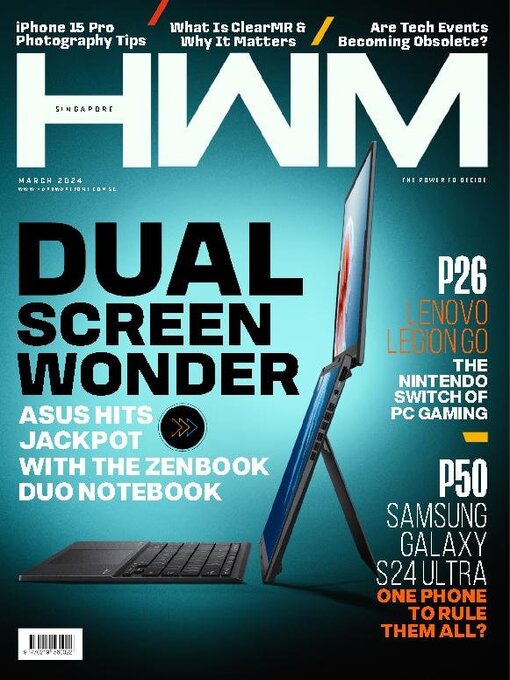
 Jan 01 2025
Jan 01 2025
 Dec 01 2024
Dec 01 2024
 Nov 01 2024
Nov 01 2024
 Oct 01 2024
Oct 01 2024
 Sep 01 2024
Sep 01 2024
 Aug 01 2024
Aug 01 2024
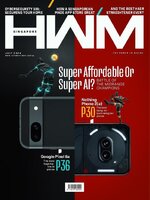 Jul 01 2024
Jul 01 2024
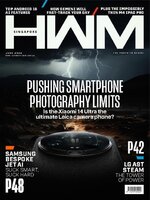 Jun 01 2024
Jun 01 2024
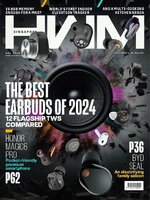 May 01 2024
May 01 2024
 Apr 01 2024
Apr 01 2024
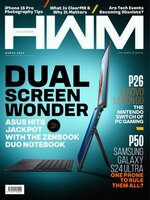 Mar 01 2024
Mar 01 2024
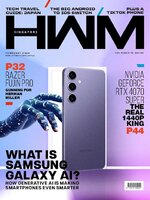 Feb 01 2024
Feb 01 2024
 Jan 01 2024
Jan 01 2024
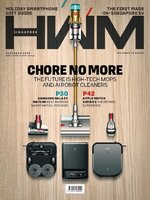 Dec 01 2023
Dec 01 2023
 Nov 01 2023
Nov 01 2023
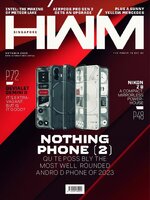 Oct 01 2023
Oct 01 2023
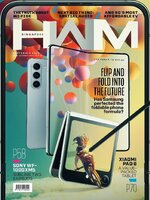 Sep 01 2023
Sep 01 2023
 Aug 01 2023
Aug 01 2023
 Jul 01 2023
Jul 01 2023
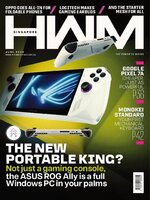 Jun 01 2023
Jun 01 2023
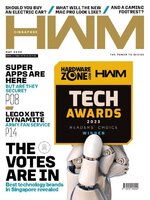 May 01 2023
May 01 2023
 Apr 01 2023
Apr 01 2023
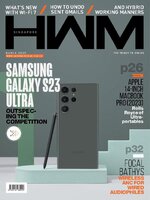 Mar 01 2023
Mar 01 2023
 Feb 01 2023
Feb 01 2023
